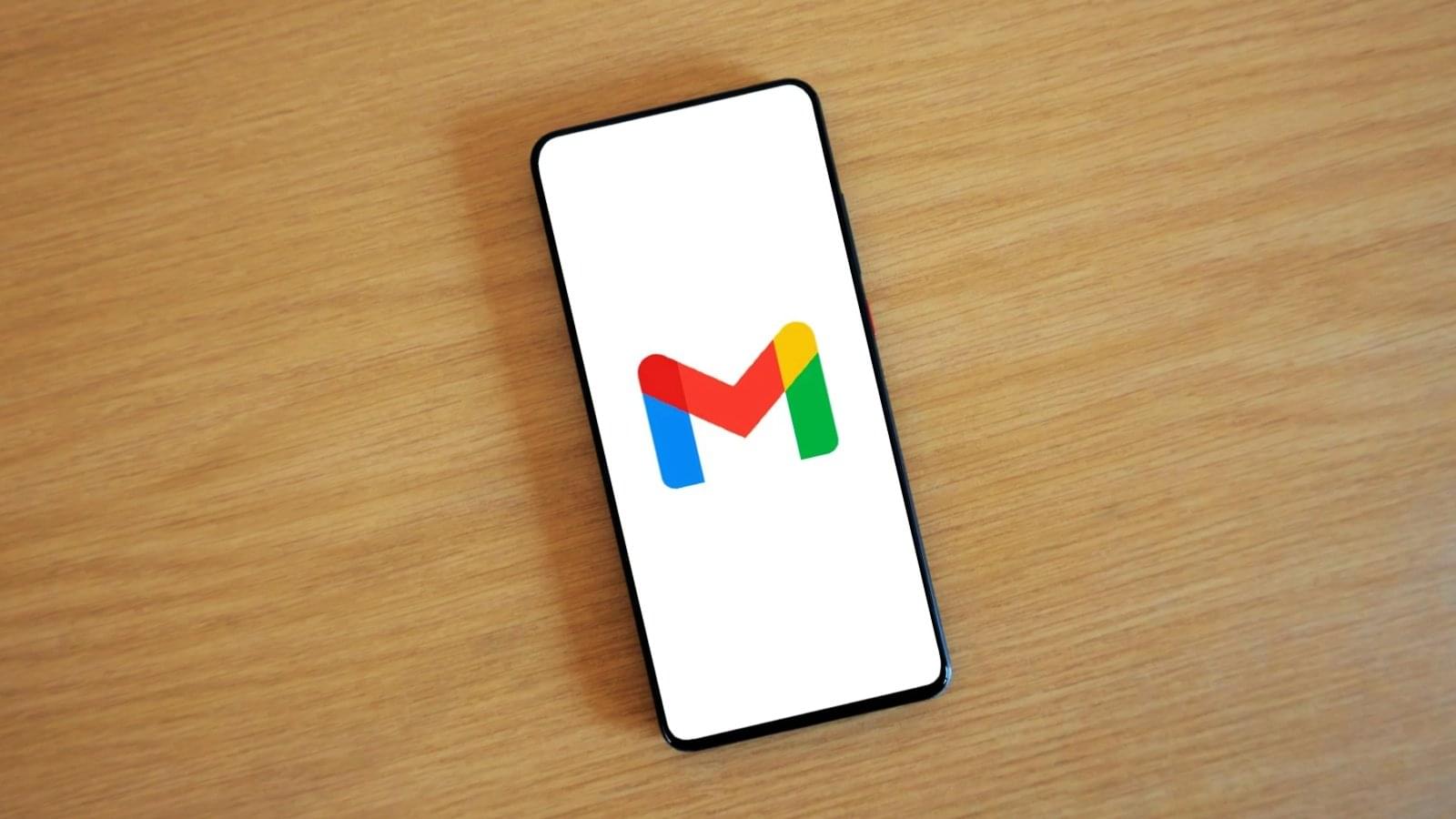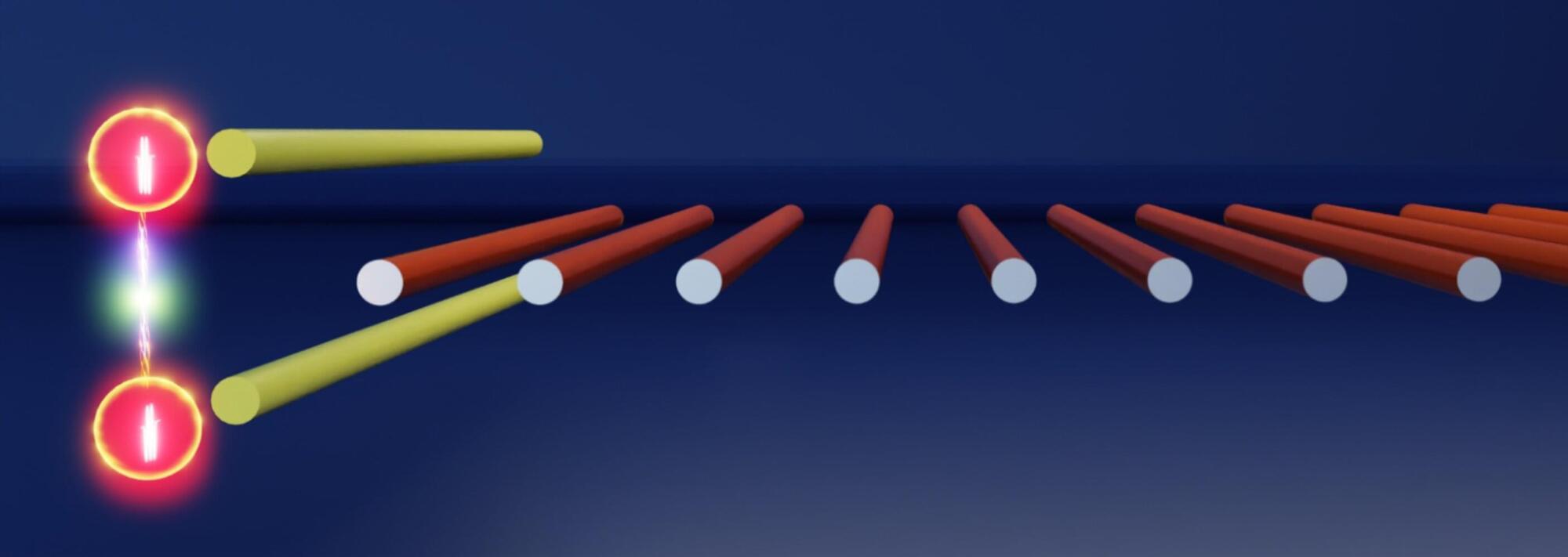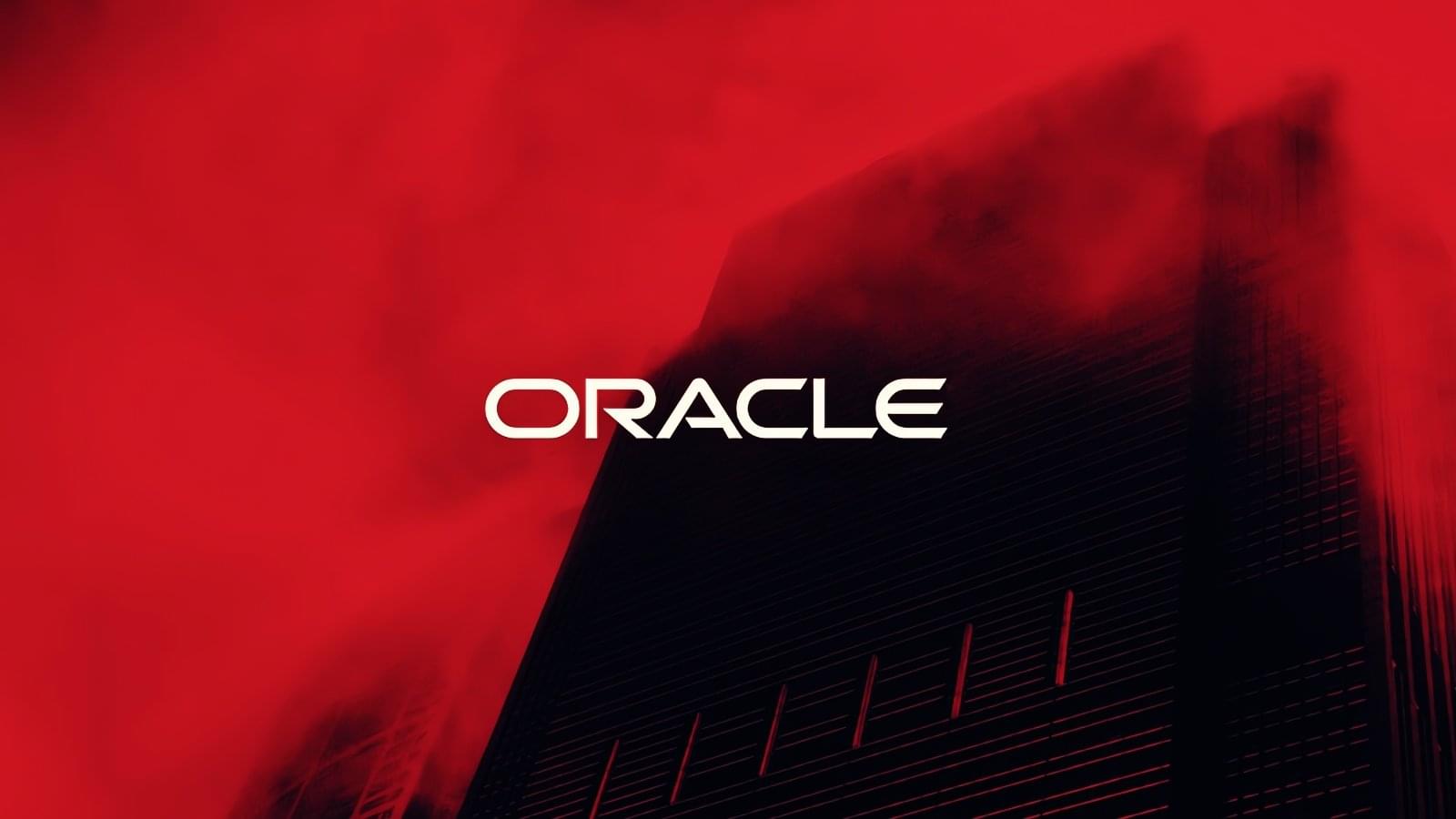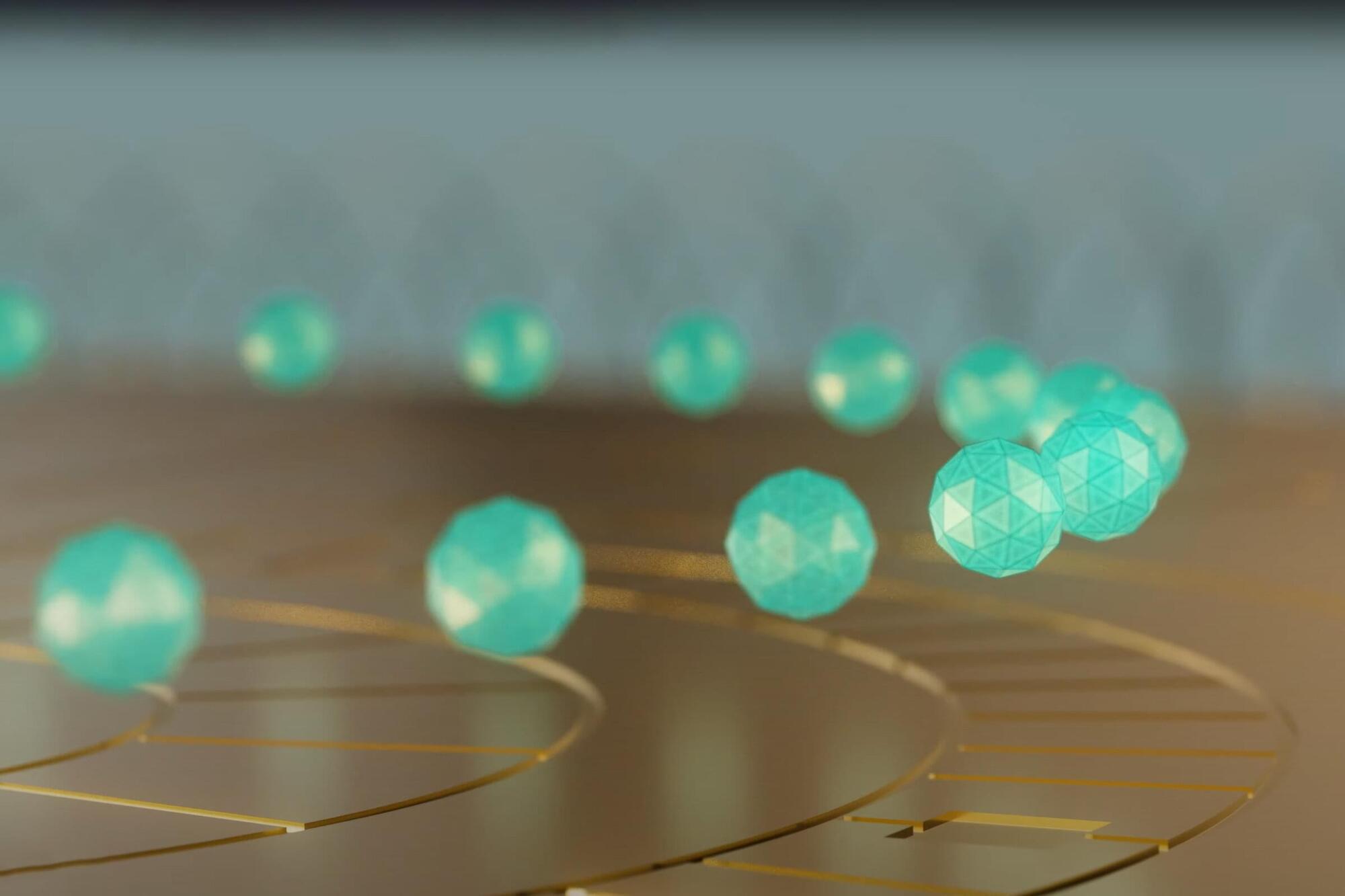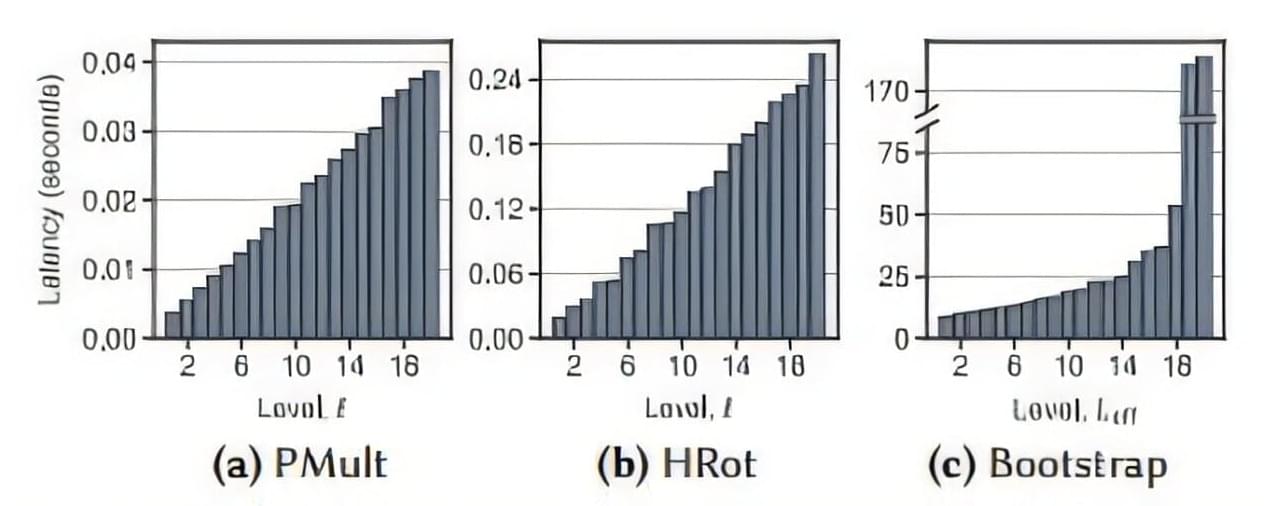Google has started rolling out a new end-to-end encryption (E2EE) model for Gmail enterprise users, making it easier to send encrypted emails to any recipient.
While businesses also have the option to configure the Secure/Multipurpose Internet Mail Extensions (S/MIME) protocol to send digitally signed and encrypted messages, this requires significant resources, including deploying certificates to all users and exchanging them before sending the emails.
Google says that after Gmail’s new E2EE model rolls out, business users will be able to send fully encrypted emails to any user on any email service or platform without having to worry about complex certificate requirements.
